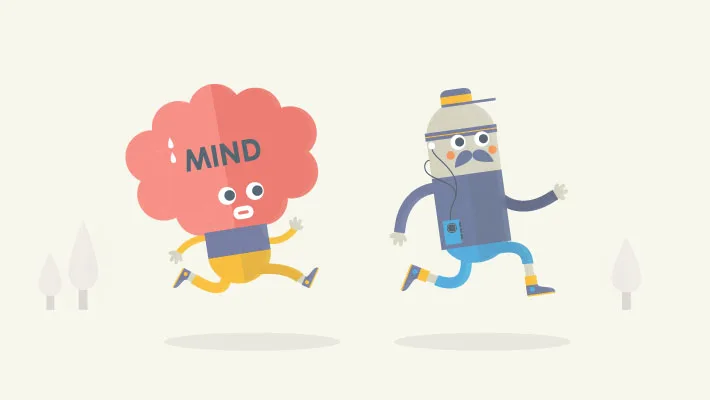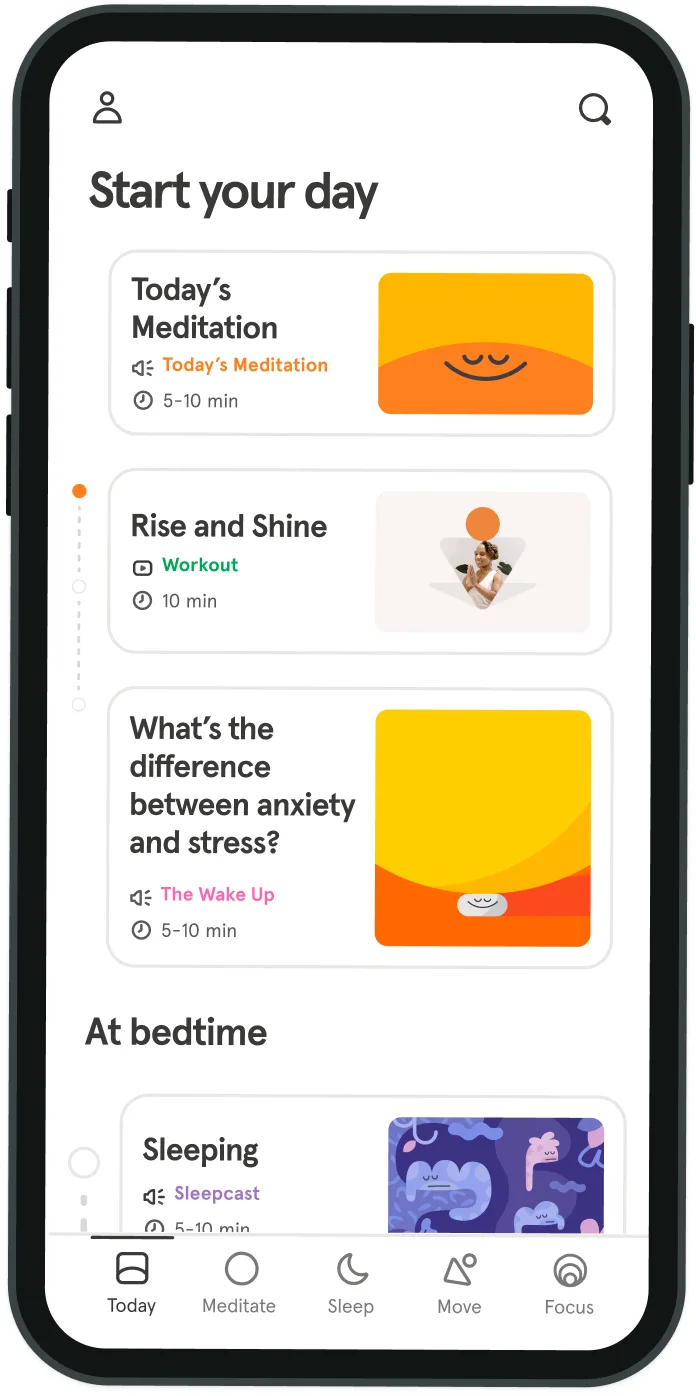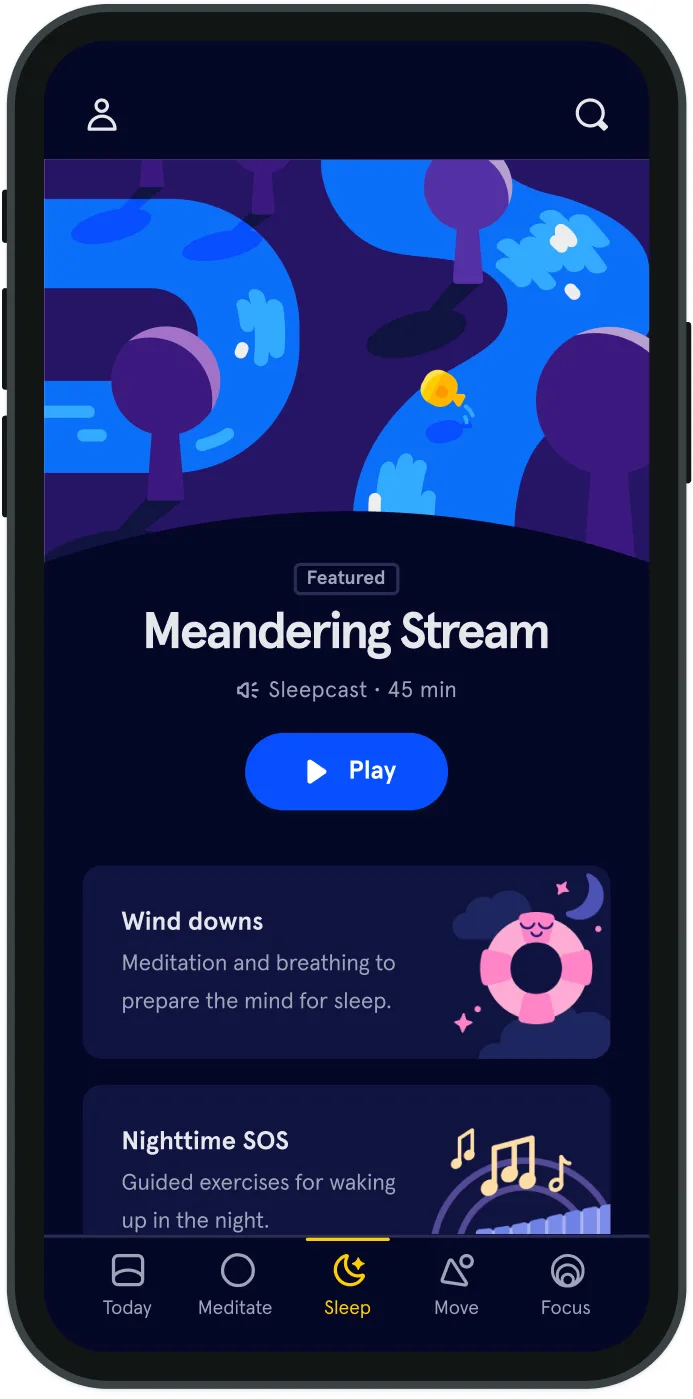The guinea pig diaries: part 2
I previously wrote about my reservations about meditation. I mostly dismissed it because, frankly, I don’t consider myself a spiritual person and was under the impression that some level of spirituality was a requirement for meditation to be effective. After completing Headspace’s first ten-day trial, Take10, I understand why they reached out to me. I am just the sort of person they are looking to prove wrong. Meditation does not require an ounce of spirituality. I was pleasantly surprised at the lack of “hippy shit,” as I lovingly referred to it in my first post.
I previously wrote about my reservations about meditation. I mostly dismissed it because, frankly, I don’t consider myself a spiritual person and was under the impression that some level of spirituality was a requirement for meditation to be effective. After completing Headspace’s first ten-day trial, Take10, I understand why they reached out to me. I am just the sort of person they are looking to prove wrong. Meditation does not require an ounce of spirituality. I was pleasantly surprised at the lack of “hippy shit,” as I lovingly referred to it in my first post.
Now, let’s get into the specifics. The actual practice of meditation. The opening animation didn’t get into great detail as to what I’d be doing, or why. It mostly gave tips on how to best practice meditation. Like, finding a space where I won’t be bothered and sitting up straight. The video’s narrator, Andy, also recommended I try and meditate first thing in the morning. Advice I regrettably did not take. When the video was over the actual meditation began. We didn’t dive right into it. Before getting into anything, Andy instructed me to do things like examining the space around me, taking deep breaths with my eyes open, closing my eyes and absorbing the sounds around me. I took these instructions as attempts to get me out of my own head, which I know that I desperately need to do. I knew that if I just focus on the weight of my body or the ticking noises from the kitchen clock, I could more easily let go of other thoughts. For the most part, this was effective. Once we got deeper into meditation, Andy had me do things such as counting my breaths. I was initially concerned that putting myself through this forced silence would do nothing but ignite my anxiety. I feared an onslaught of catastrophic thoughts. It was different each day, but on most days the catastrophic thoughts were at a minimum. It helped to hear Andy’s instructions. He would often say something to the effect of, if your mind is wandering, that’s okay. Just bring it back to focusing on breaths, or the sensations in your body. Even more surprising to me were the amount of thoughts I had that were neither good nor bad. They were just random. On day four, I remember thinking heavily about the existence of aliens but trying not to think about the existence of aliens, which just made me want to think more about the existence of aliens. The last time I sincerely thought about this was when I unknowingly ate a pot brownie while on a camping trip my junior year of college. On certain days, different animated videos played before the meditation started. Each video compared the mind to something else. Cars stuck in traffic, a blue sky filled with clouds, a pool of water. Andy urges in these videos that by just watching the traffic or allowing the ripples in the water to slow, a more clarified and less worried person emerges. Admittedly, I’m still not totally convinced meditation can make this possible. While I did enjoy the practices more than I thought I would, I can’t quite grasp yet how exactly these 10 minute sessions will do anything to change how I perceive the world around me. Within those 10 minutes, however, I felt calm. On most days, meditating did help me feel the closest to being “at peace” than I had felt in a very long time. But, as soon as those ten minutes were over, I went right back to being my normal, anxiety-ridden self. Regardless, I’m left looking forward to the next twenty days. My thoughts on what it means to meditate have changed, and I am much more open to making it work than I was before starting Headspace.
This doesn’t necessarily mean I found it easy. In fact, I had problems throughout this initial trial, the biggest one being my ability to actually stick to it every day. On some days I was eager to press play, and could sit through the full ten minutes with ease. Other days, no matter how much I knew it would calm or relax me, I couldn’t bring myself to do it. I’m hoping that with more time, it’ll be easier for me to make it a part of my daily routine, the same way that I make breakfast for myself every morning, and ignore phone calls from debt collectors. The video on the first day warned me that some days would be easier than others. I liked having that reassurance. Now, let’s get into the specifics. The actual practice of meditation. The opening animation didn’t get into great detail as to what I’d be doing, or why. It mostly gave tips on how to best practice meditation. Like, finding a space where I won’t be bothered and sitting up straight. The video’s narrator, Andy, also recommended I try and meditate first thing in the morning. Advice I regrettably did not take. When the video was over the actual meditation began. We didn’t dive right into it. Before getting into anything, Andy instructed me to do things like examining the space around me, taking deep breaths with my eyes open, closing my eyes and absorbing the sounds around me. I took these instructions as attempts to get me out of my own head, which I know that I desperately need to do. I knew that if I just focus on the weight of my body or the ticking noises from the kitchen clock, I could more easily let go of other thoughts. For the most part, this was effective. Once we got deeper into meditation, Andy had me do things such as counting my breaths.
I was initially concerned that putting myself through this forced silence would do nothing but ignite my anxiety. I feared an onslaught of catastrophic thoughts. It was different each day, but on most days the catastrophic thoughts were at a minimum. It helped to hear Andy’s instructions. He would often say something to the effect of, if your mind is wandering, that’s okay. Just bring it back to focusing on breaths, or the sensations in your body. Even more surprising to me were the amount of thoughts I had that were neither good nor bad. They were just random. On day four, I remember thinking heavily about the existence of aliens but trying not to think about the existence of aliens, which just made me want to think more about the existence of aliens. The last time I sincerely thought about this was when I unknowingly ate a pot brownie while on a camping trip my junior year of college. On certain days, different animated videos played before the meditation started. Each video compared the mind to something else. Cars stuck in traffic, a blue sky filled with clouds, a pool of water. Andy urges in these videos that by just watching the traffic or allowing the ripples in the water to slow, a more clarified and less worried person emerges. Admittedly, I’m still not totally convinced meditation can make this possible. While I did enjoy the practices more than I thought I would, I can’t quite grasp yet how exactly these 10 minute sessions will do anything to change how I perceive the world around me. Within those 10 minutes, however, I felt calm. On most days, meditating did help me feel the closest to being “at peace” than I had felt in a very long time. But, as soon as those ten minutes were over, I went right back to being my normal, anxiety-ridden self. Regardless, I’m left looking forward to the next twenty days. My thoughts on what it means to meditate have changed, and I am much more open to making it work than I was before starting Headspace.

I was initially concerned that putting myself through this forced silence would do nothing but ignite my anxiety. I feared an onslaught of catastrophic thoughts.
Alison Stevenson


Be kind to your mind
- Access the full library of 500+ meditations on everything from stress, to resilience, to compassion
- Put your mind to bed with sleep sounds, music, and wind-down exercises
- Make mindfulness a part of your daily routine with tension-releasing workouts, relaxing yoga, Focus music playlists, and more
Meditation and mindfulness for any mind, any mood, any goal

Stay in the loop
Be the first to get updates on our latest content, special offers, and new features.
By signing up, you’re agreeing to receive marketing emails from Headspace. You can unsubscribe at any time. For more details, check out our Privacy Policy.
- © 2025 Headspace Inc.
- Terms & conditions
- Privacy policy
- Consumer Health Data
- Your privacy choices
- CA Privacy Notice
